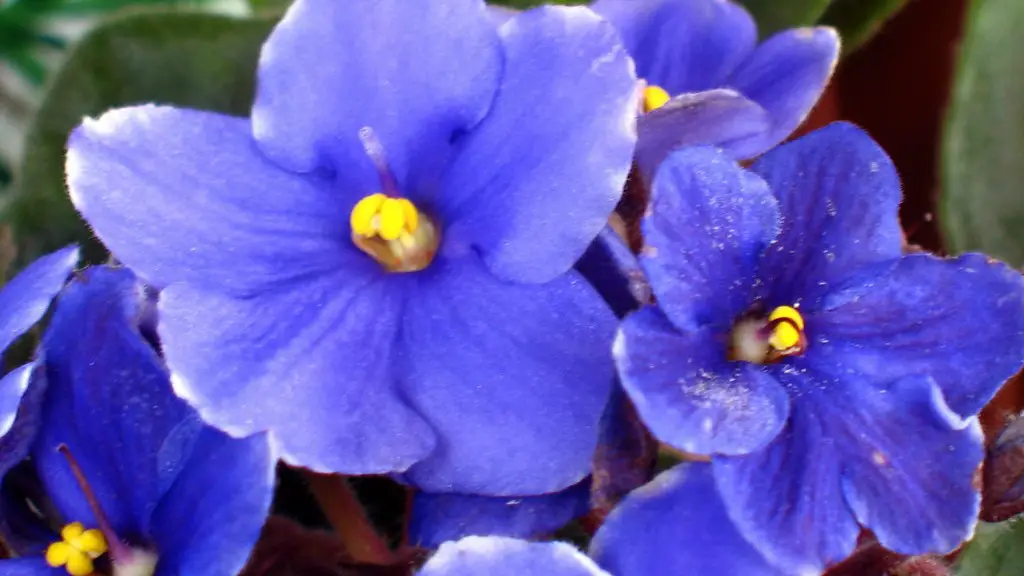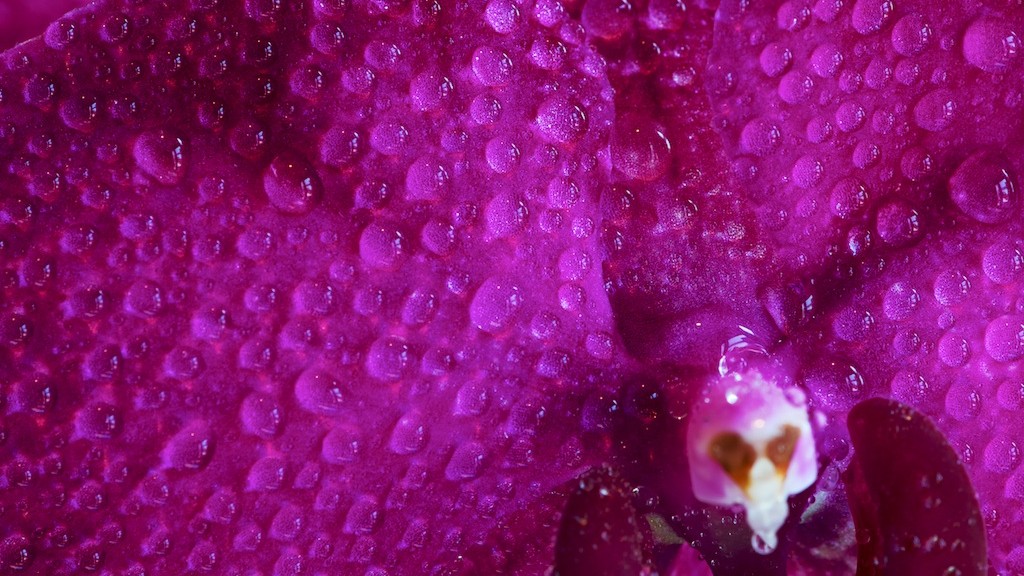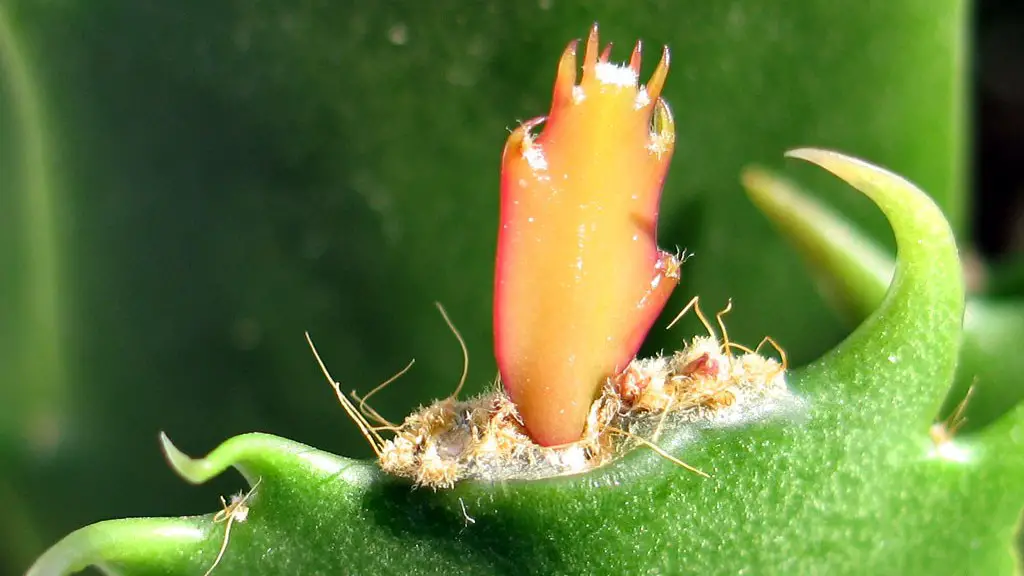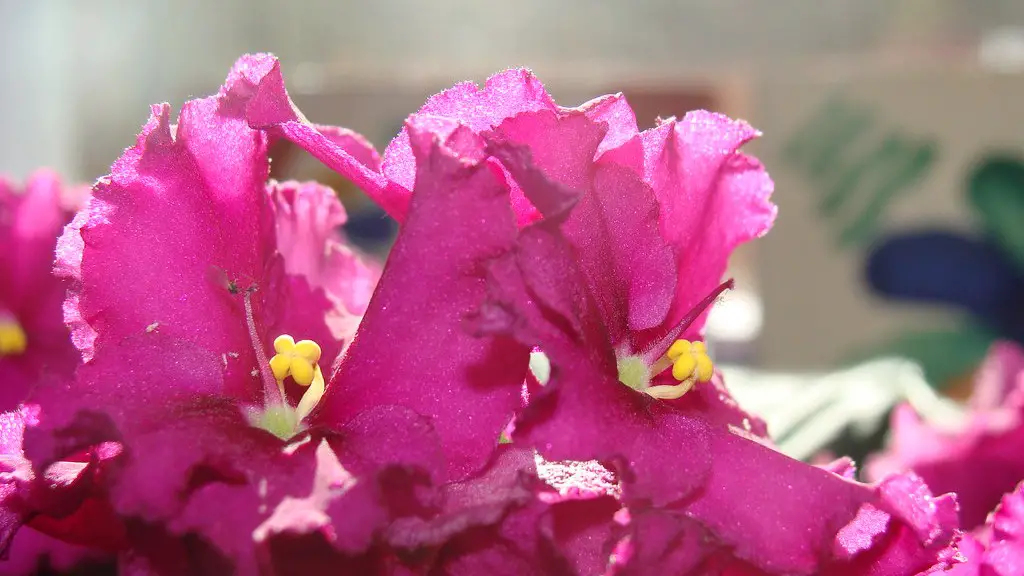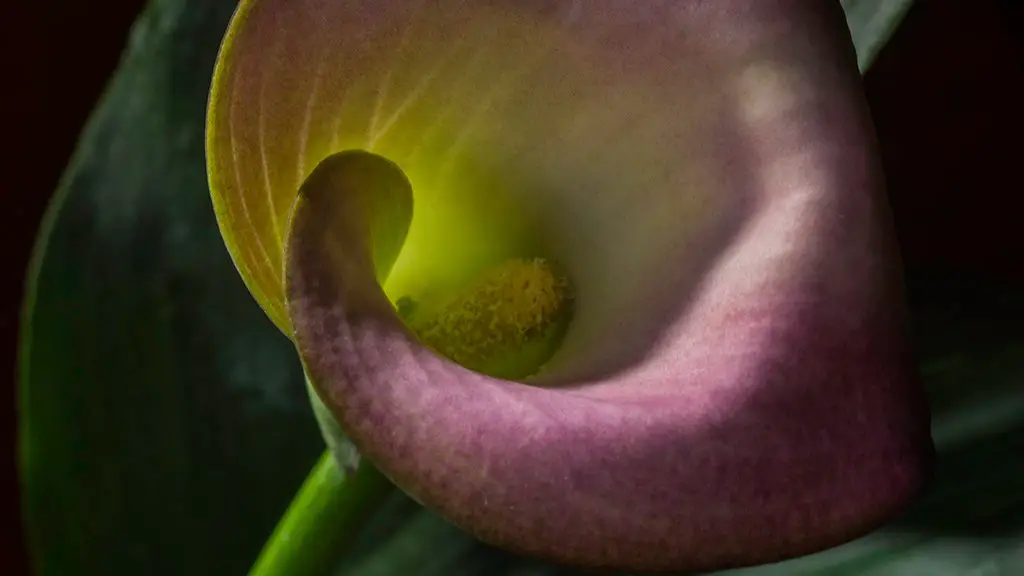African violets are a type of plant that is known for its beautiful blooms. However, sometimes these plants can become leggy, which means that they have long stems and no leaves. If your african violet is looking a bit leggy, there are some things you can do to revive it!
First, leggy African violets can be revived by pruning them back. This will encourage new growth and help give the plant a fuller appearance. Additionally, African violets can be revived by fertilizing them with a high-phosphorus fertilizer. This will help to encourage new growth and help the plant to produce more blooms. Finally, leggy African violets can be revived by increasing the amount of light they receive. This can be done by moving the plant to a brighter location or by adding additional artificial lighting.
How do you rejuvenate African violets?
If you need to repot your violet, be sure to cut off the bottom of the root ball, cutting as much off the root ball as the neck is long. Cover the scraped neck with potting medium to the bottom set of leaves. That scraped neck will grow new roots. Try to repot your violet more often to avoid having to cut a large amount of the root ball away.
Most African Violet growers prefer to cover up necks, as they can look unsightly. One way to do this is to repot the plant a little deeper so that the neck is buried. Alternatively, you could chop off the stem, scrape the scales off the bottom, and plant it in fresh soil.
Why is my African violet getting tall
If your African violet plant starts to grow tall, thin leaves, it is most likely receiving insufficient sunlight. The solution is to move your plant to a brighter area of your home where it will receive more light.
It’s good to know that you can cut back an African violet at any time of the year – this makes it much easier to keep them looking their best. Simply remove any dead or damaged leaves and spent flowers, and you’ll be well on your way to keeping your African violets looking gorgeous.
What does Epsom salt do for African violets?
Epsom salts are a great way to provide your plants with essential magnesium and sulfur. These two minerals are needed to produce beautiful blooms and healthy foliage. To use, mix one and a half teaspoons of Epsom salts in a quart of tepid water and swirl to dissolve. Water your African violets (below the leaves) with this solution once a month.
If your African Violet plant has been over-watered, the soil will retain too much water. This retention of water will cause the leaves and/or leaf stems to turn soft, limp or mushy.
Why does my African Violet have a long neck?
If an African Violet is left unattended, it can develop a long neck (5-6 inches long). This neck ultimately tilts sideways due to the weight of the crown. This is known as a “goose neck.” A neck can also resemble a palm tree/coconut tree trunk.
It is best to grow plants in bright, indirect light for the best color and blooms. A plant stand three feet away from a west- or south-facing window is an ideal location. Plants will still grow when situated right beside north- or east-facing windows, but leaves will be thin and spindly, and plants less likely to bloom.
What is the lifespan of an African Violet
African violets are beautiful, long-lived flowers that can brighten up any home. However, it is important to remember to repot them every few years to keep them healthy and happy. By doing so, you will ensure that your violets will continue to thrive for many years to come!
When potting African violets, it’s best to choose a pot that’s on the smaller side. This will help the plant to stay slightly pot-bound, which is ideal for its growth. Keep in mind that if you have a standard African violet plant, your starter pot should be about 3-4 inches in diameter.
Should African violets be watered from the top or bottom?
It is perfectly fine to water your African violet from the top or bottom. Just be sure to use lukewarm or warm water, as cold water can shock the plant. If you decide to water from the top, be mindful not to get the leaves wet if the plant is in direct sunlight. This can cause leaf spots.
Many growers of African violets recommend repotting with fresh potting soil at least twice a year, or more often if the plant becomes rootbound. Rootbound means that the plant has outgrown its current pot and its roots are growing out and around the rootball. Repotting will help the plant continue to grow and thrive.
How often should African violets be watered
A wicking system is a great way to make sure your African violets are never over watered. By setting up a wicking system, the water is drawn up from the bottom of the pot and into the soil, where it is then taken up by the roots of the plant. This prevents the plant from sitting in water, which can lead to root rot.
Thinking it’s a part of another So do take your time and make sure you do identify where the plant is coming from. If you can, try to get a picture of the plant and its surroundings to include with your question.
How often should you change the soil in African violets?
A African violets should be re-potted in fresh soil every 6 months and kept in the same size pot.
Coffee grounds are a great source of acidity and nitrogen, two things that African violets need to grow healthy foliage.Sprinkling used coffee grounds on top of your African violet potting soil can occasionally be good for the plant.
Final Words
To revive your African Violet, start by examining the plant. More often than not, the main reason African Violets become leggy is due to improper lighting. African violets need bright, indirect sunlight in order to grow strong and healthy. If your plant is not getting enough light, it will become thin and leggy as it stretches towards the light source.
To fix this, move your plant to a location that gets bright, indirect sunlight throughout the day. If moving your plant is not an option, you can also invest in a grow light. Once you have ensured your plant is getting enough light, take a look at the watering schedule. African violets need to be watered about once a week, or when the soil is dry to the touch.
If you are watering your plant too much, this can also cause the leaves to become thin and leggy. Try to allow the soil to dry out between waterings and see if this makes a difference. Finally, African violets need to be fertilized about once a month using a water-soluble fertilizer designed for blooming plants. By following these simple tips, you should be able to revive your leggy African Violet in no time!
There are a few simple techniques that can help to revive a leggy african violet. First, try pinching back the leggy stems to encourage new growth. Second, african violets need bright, indirect light so make sure they are getting enough light. Lastly, they also need to be watered regularly but do not over water. With a little TLC, your leggy african violet will be back to blooming in no time!
